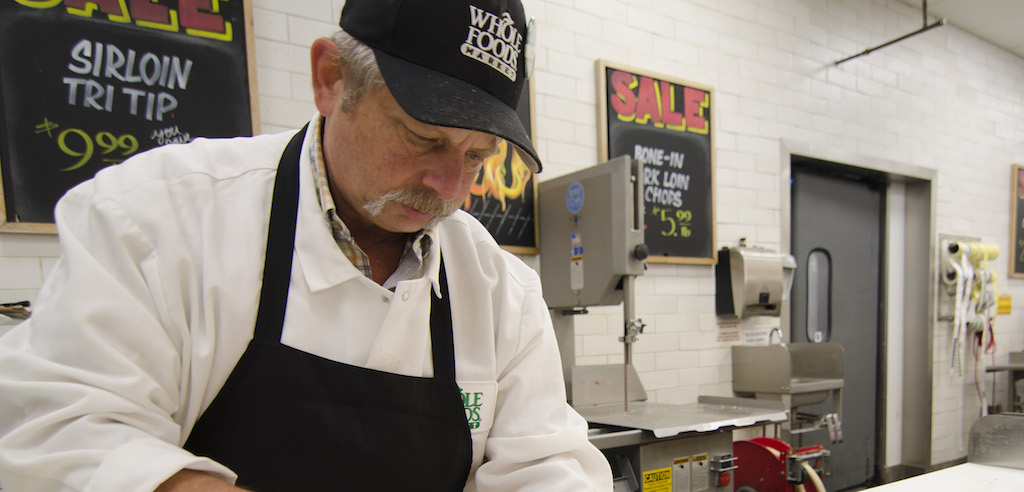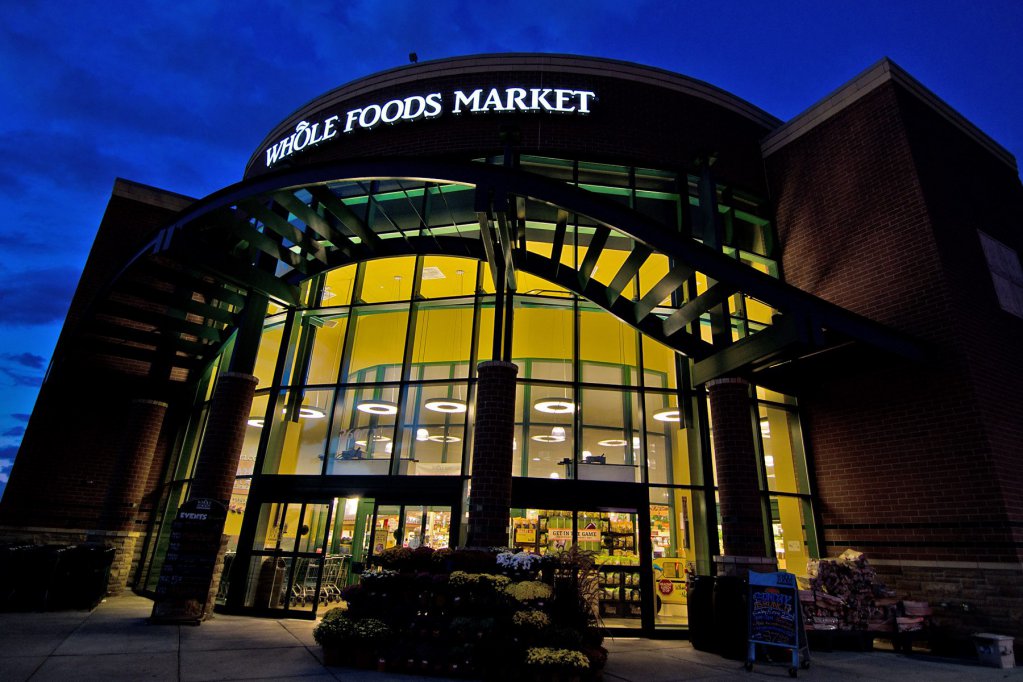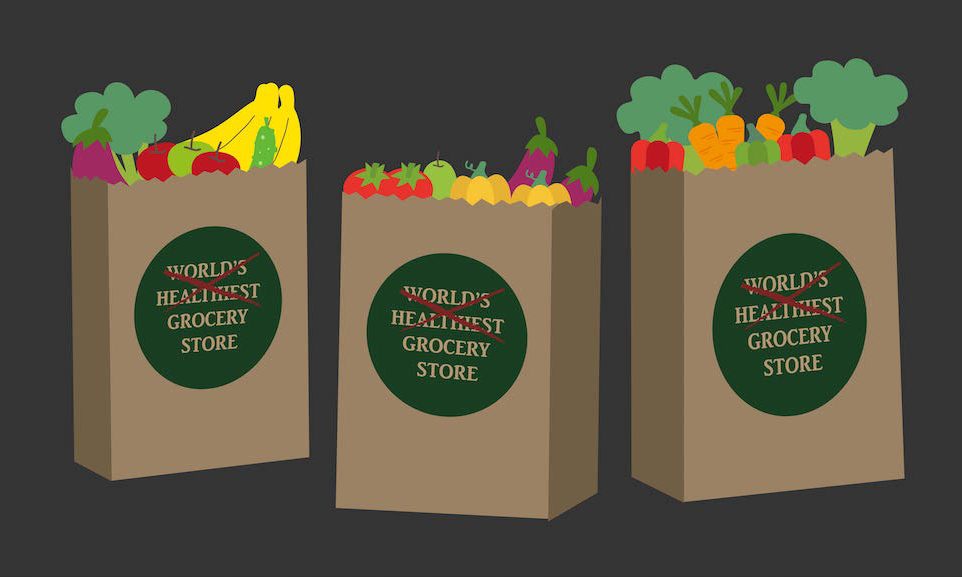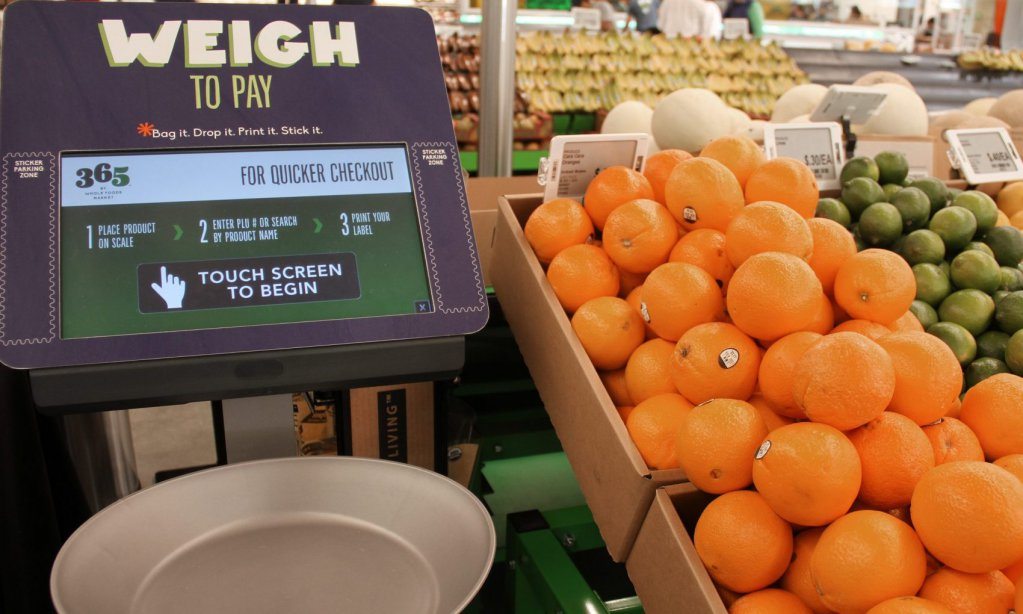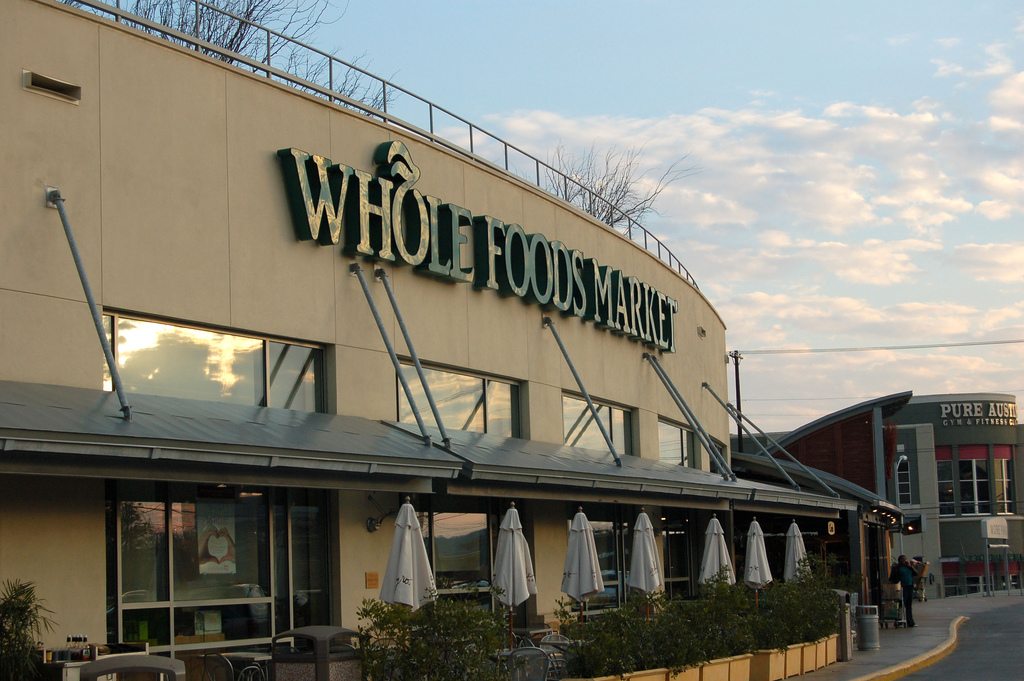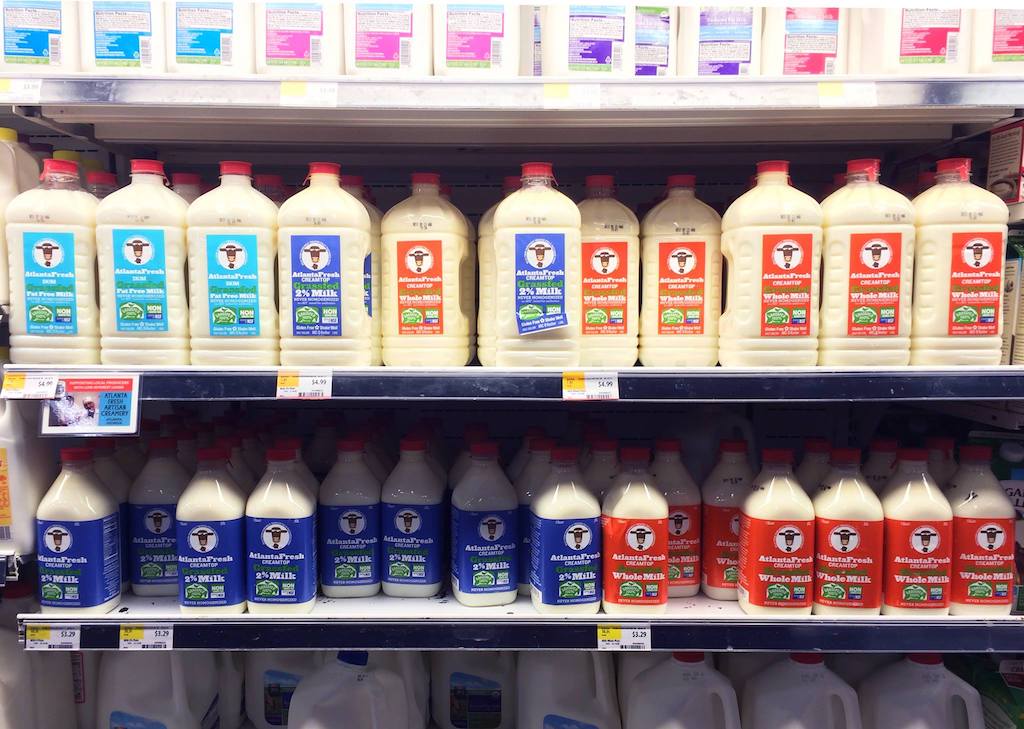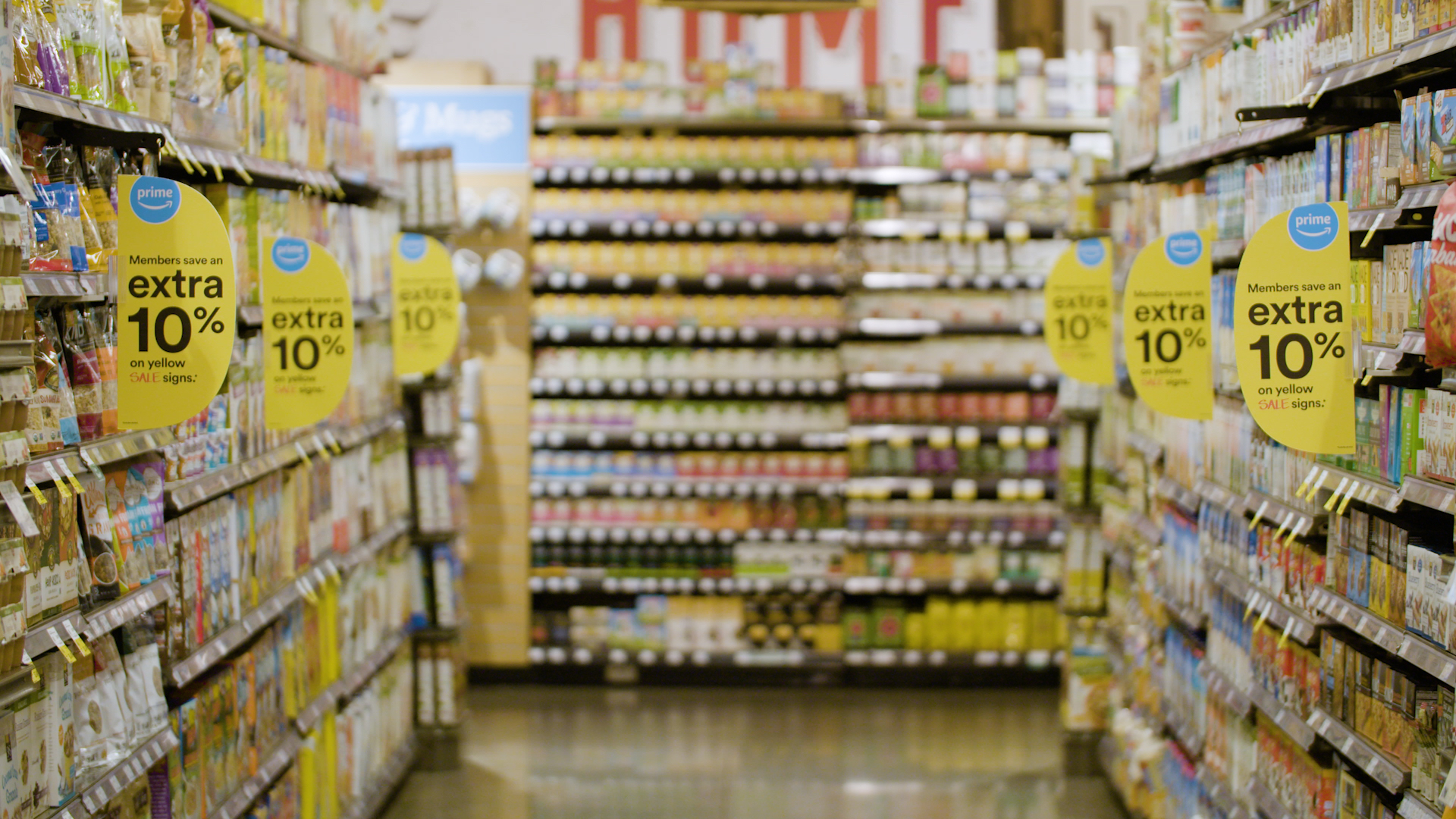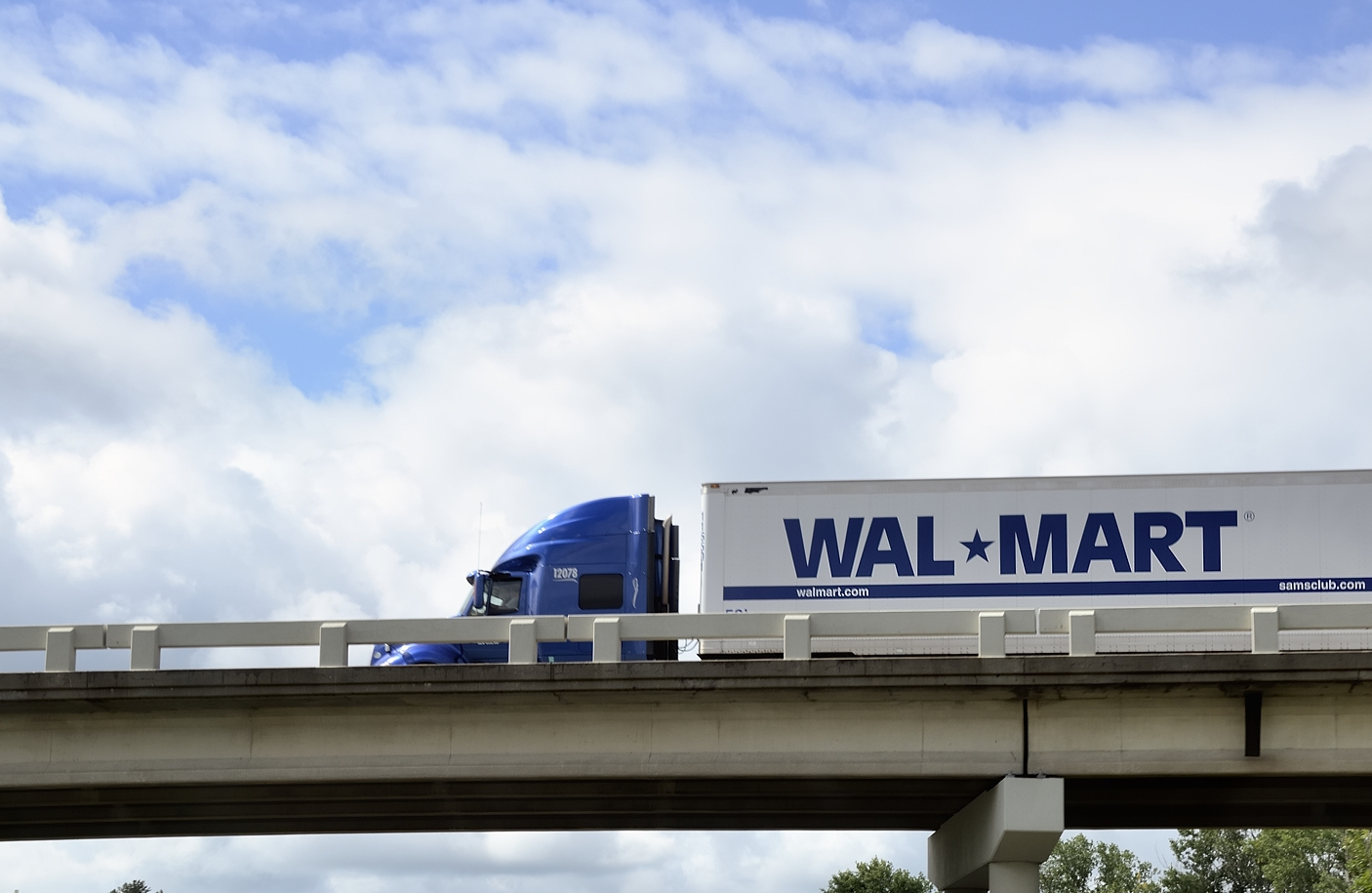
iStock / RiverNorthPhotography
In America, they’ve been creamed in the press for treating employees poorly. But when it comes to international workers making the food on their shelves, Walmart may be more labor-friendly than any competing supermarket chain.
That’s according to a new supermarket scorecard released Wednesday by Oxfam America. The charity graded large international retailers, including the six largest American grocers, on internal policies for labor violations in their supply chains, particularly those related to generics.
The charity noted that Walmart has banned forced and child labor, supported collective bargaining, and demanded safe workplaces and living wages from its suppliers, and worked to enforce those standards not just with the middlemen, but on farms and boats. No other retailer did as much to support worker rights—not even Whole Foods.
The one area where Whole Foods bested America’s largest grocery store? More loans for local producers, according to the scorecard.
“It is surprising that Walmart, for many, came out ahead of Whole Foods, because obviously Whole Foods does promote itself as a sustainable grocer,” says Oxfam’s Irit Tamir, who runs advocacy campaigns that target the private sector. “But we weren’t looking at environmental policies.”
The scorecard is included in a trio of new studies released by Oxfam that look at how supermarkets influence the treatment of international farmers and workers that form the backbone of the global food system. The charity studied how a dozen commodities, including coffee, tea, cocoa, orange juice, bananas, grapes, avocados and green beans, end up on shelves.
On average, the workers in those supply chains are well below a livable wage—and wages have gotten worse since the ‘90s.
“If you look at those commodities, the share of the value that supermarkets are taking, versus what producers and workers are getting in the supply chain, has increased over time,” says Tamir. “Where it was about 10 percent back in the nineties, it’s now about five percent, on average, that small-scale farmers are getting.”
Between 2000 and 2015, as the average consumer price of shrimp has gone up, so too have supermarkets’ share of the profit. That’s come at the expense of processors and traders
Among the commodities Oxfam studied, a few products in particular illustrate how much that disparity has worsened. Indian workers in the tea industry make only 38 percent of what would be considered a living wage. Similarly, Kenyan green bean farmers only make 53 percent of a living income, while small-scale coffee farmers in Columbia earn 71 percent.
Shrimp processed in Southeast Asia, too, is illustrative of the growing inequality between supermarket chains and their downstream workers. In Indonesia, women peeling shrimp earn less than two euro cents for every pack sold at Albert Heijn, a Dutch supermarket owned by Ahold Delhaize, for five euros.
Why the disparity? Because supermarkets are capturing more and more of the value of that shrimp. Between 2000 and 2015, as the average consumer price of shrimp has gone up, so too has American, British, German and Dutch supermarkets’ share of the profit, rising by 66 percent, the study finds.
The studies note a similar squeeze in other supply chains. Small-scale Colombian coffee farmers and workers captured less than 6 percent of the consumer sticker price in 2015. That’s down from 10.5 percent in the mid-1990s.
The studies note that the losses experienced by workers have coincided with corporate supermarket mergers. As supermarket chains grow in concentration and size—from the Amazon/Whole Foods merger to a number of recent acquisitions by Albertson’s—workers seem to make less money.
“We can’t say definitively that fact that these mergers happening are what is resulting in this inequality, but I think it’s consistent,” Tamir says. “Suppliers have less and less choice in who they sell to. The supermarkets can dictate the terms by which they’re purchasing the products, and that’s in fact what they do. They dictate quality. They dictate price. So it doesn’t become a fair negotiation anymore.”
Who has it better? Avocado workers in Peru, who earn 91 percent of a living wage.
A related problem is the lack of transparency in those commodity supply chains. When supermarkets don’t know where the products come from in the first place, it’s hard to push policies that improve the labor conditions of their workers.
“For the most part, supermarkets know the first tier supplier, so who they’re directly sourcing from,” Tamir says, referencing cocoa suppliers such as Cargill.
It’s in the next step—the cooperatives where the supplier sources the cocoa from—where information gets lost. That affects both supermarkets, who may want to be more transparent with their customers, but also to the farmers and workers in the supply chain, who don’t know where the fruits of their alienated labor ends up.
“Workers are some of the best sound alarms for where there are issues in the supply chain,” Tamir adds.


